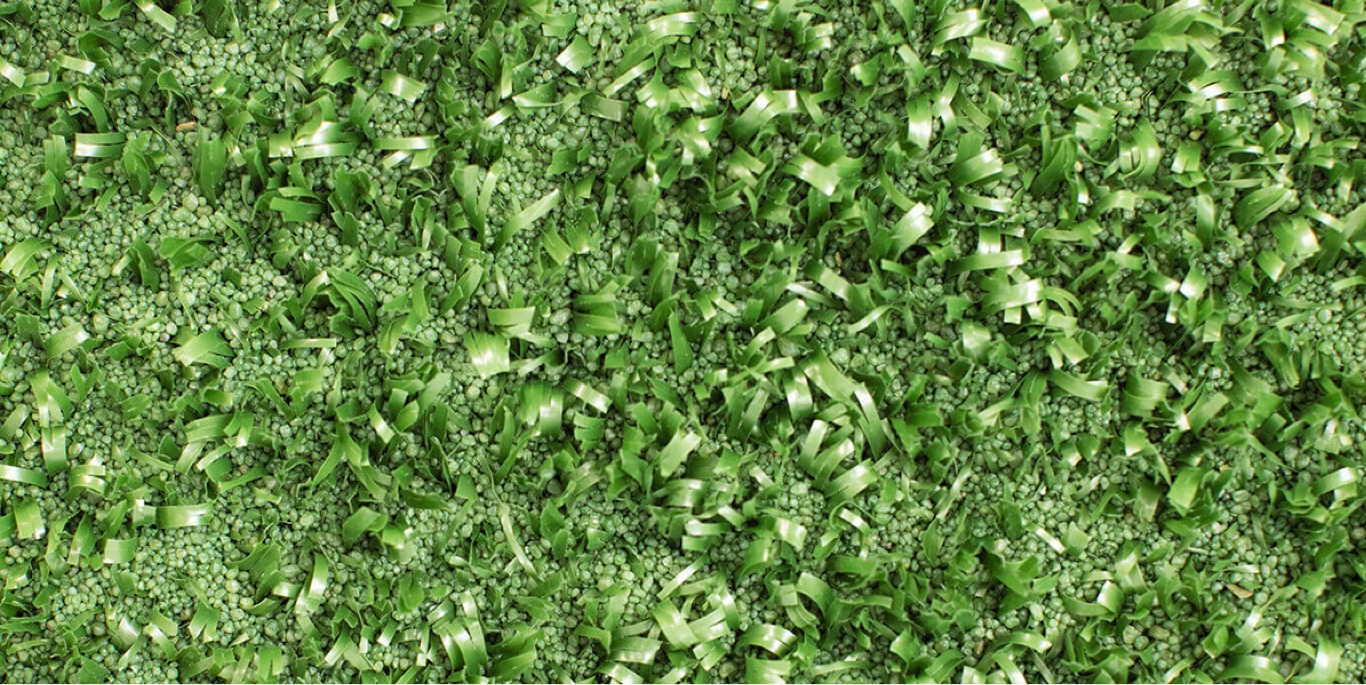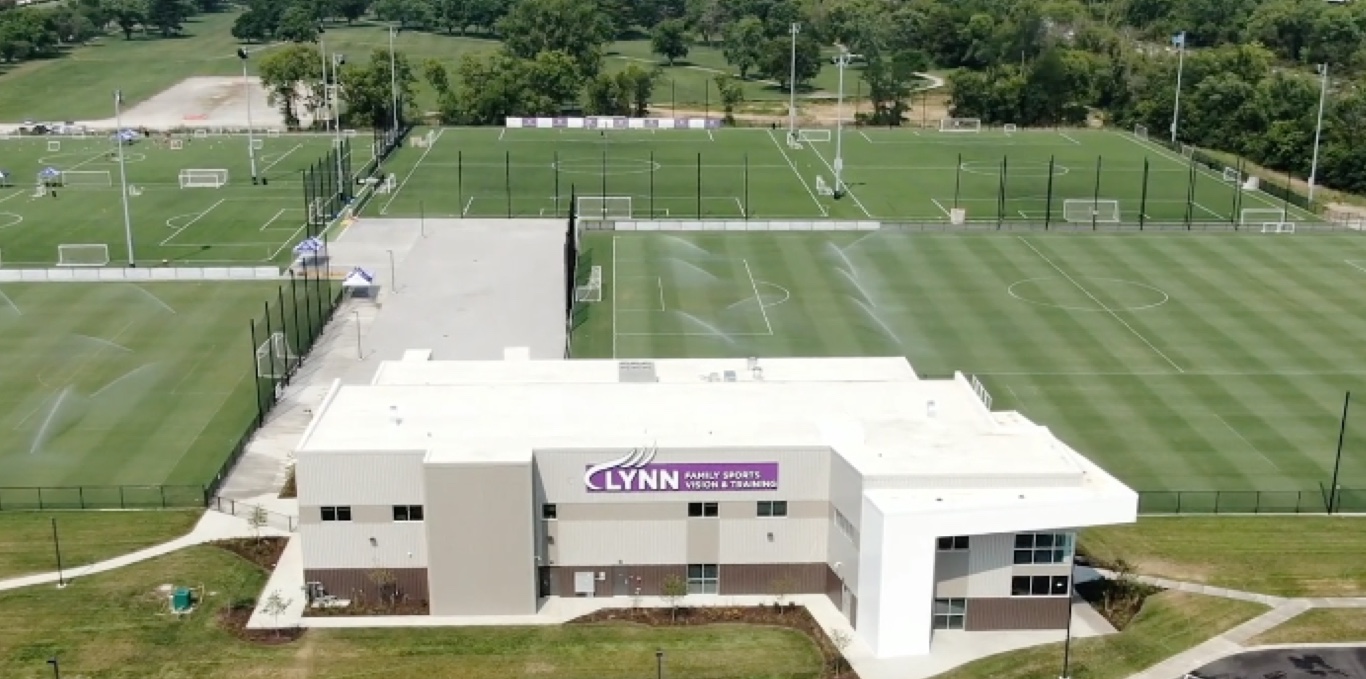
Sports Field Frequently Asked Questions
No synthetic turf field project is the same. Weather and many other factors can play into how long a turf project will take. However, a general expectation for a natural grass to synthetic turf conversion is 8-10 weeks, with replacement projects taking approximately 4-6 weeks.
Based on the turf provider and owner preference, the process of how your field is constructed can look a little different. However, this is generally our grass to turf conversion field installation process:
- Excavation
- Install Stone and Drainage Pipes
- Lay Shock Attenuation Pad (optional but recommended)
- Install Synthetic Turf
- Personalize The Field With Inlays
- Spread Your Selected Infill
- Conduct A Walkthrough and Maintenance Training With Your Team
For more information on the construction and installation process for a synthetic turf field, read this blog (hyperlink)
At the most basic level, every synthetic turf system is comprised of a stone base (which typically consists of coarse stone and fine gravel), drainage materials, synthetic turf, and infill. Each owner can choose whether or not to add a shock pad, what infill they prefer, and the synthetic turf that suits their needs.
The main difference between monofilament and slit-film turf fibers is that monofilament fibers stand straight up and slit-film fibers as the name suggests have slits in the turf blades. To learn more about each turf fiber and what type of artificial turf is right for your sports field, read our blog (hyperlink).
Shock pads for sports fields lead to increased athlete protection, performance, and the field’s longevity. Shock pads provide an added layer of impact absorption, lowering the risk of injury after a fall. Applicable under any artificial turf system and with any type of infill, a shock pad provides many added benefits to the players running on the field. Read our blog post (hyperlink) for more information regarding synthetic turf shock pads.
Your synthetic turf field should be groomed once per 40 hours of activity. During peak seasons, for example, the field would typically need to be groomed about every two weeks.
The best way to remove snow is with a powered snow blower, mounted on a small tractor with turf tires. Be aware that vehicles with non-pneumatic tires or tires inflated at or below 35 psi are required while removing the snow.
A tractor-mounted snow plow is also acceptable as long as it has a rubber-edged blade. When lowering the blade, leave 1-2” between the bottom of the rubber and the turf, to avoid disruption of the infill.
You can learn more about the best practices for safely and effectively removing snow from your field by visiting our snow removal blog (hyperlink).


